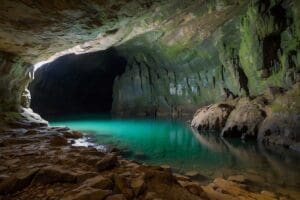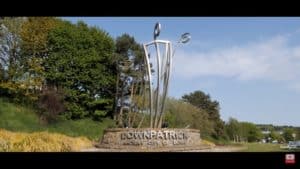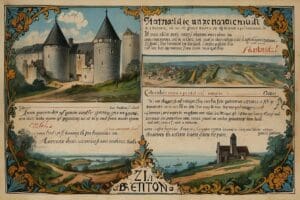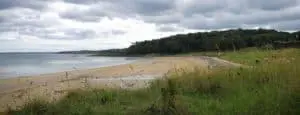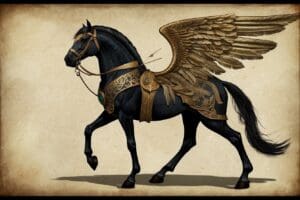From Scrolls to Screens: Tracing Irish Folklore’s Digital Journey
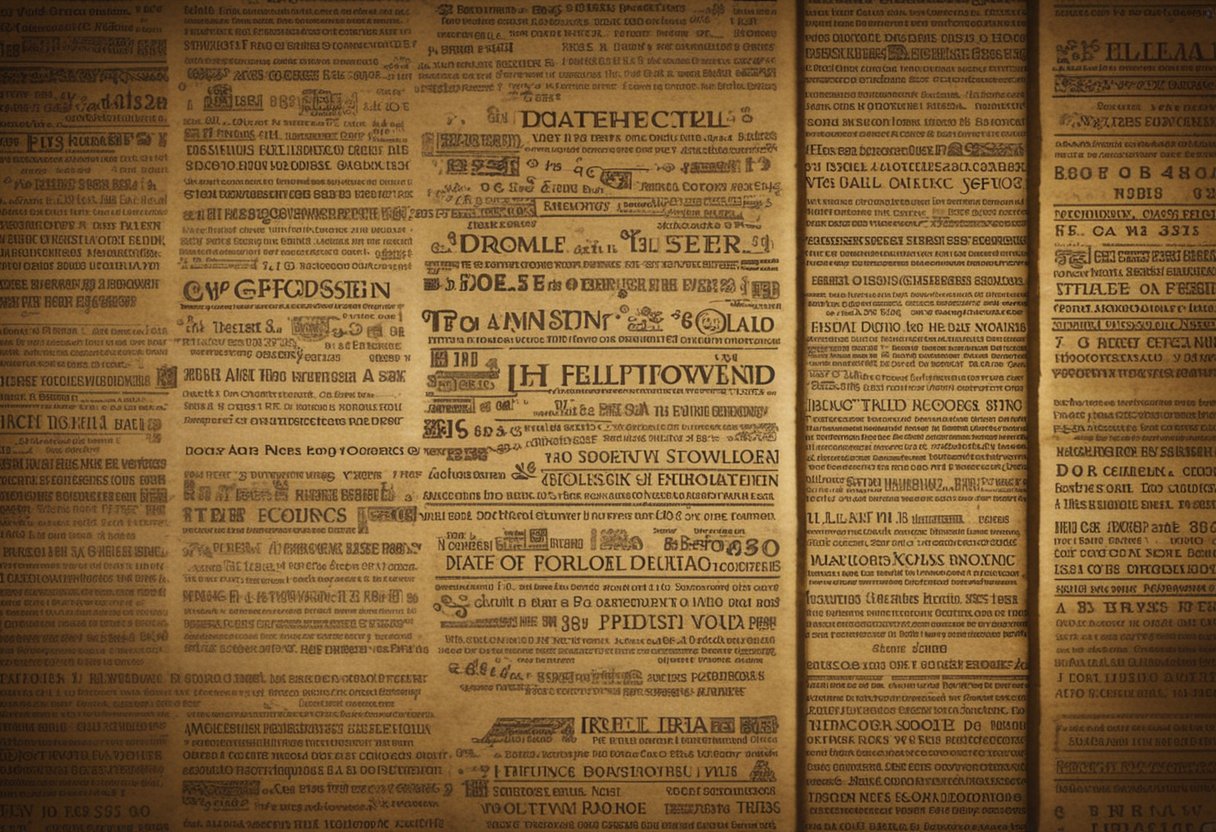
Updated On: April 17, 2024 by Maha Yassin
The narrative of Irish folklore has journeyed from the ancient past of oral traditions through the manuscripts of sages and into our digital era, finding a new abode in the vast expanse of the online world. As the guardians of a tradition rich with mythical tales, enchanting music, and profound superstitions, we have witnessed the transformation of Ireland’s folklore from a lineage of word-of-mouth stories to a subject of scholarly research and passionate online discussion. By traversing this path, Irish folklore has not only been preserved; it has also been rejuvenated and made accessible worldwide.
Our quest to safeguard these cultural gems has been multifaceted, encompassing meticulous archival efforts and the embrace of modern technological tools to perpetuate the stories of our ancestors. Online repositories and digital platforms now complement the fireside ceilidhs of yore, permitting the contemporary expressions of folklore to evolve alongside traditional narratives. As educators integrate folklore into curricula and artists draw inspiration from mythic sources, the essence of Irish folklore persists, resilient against the tides of time.
The Origins of Irish Folklore
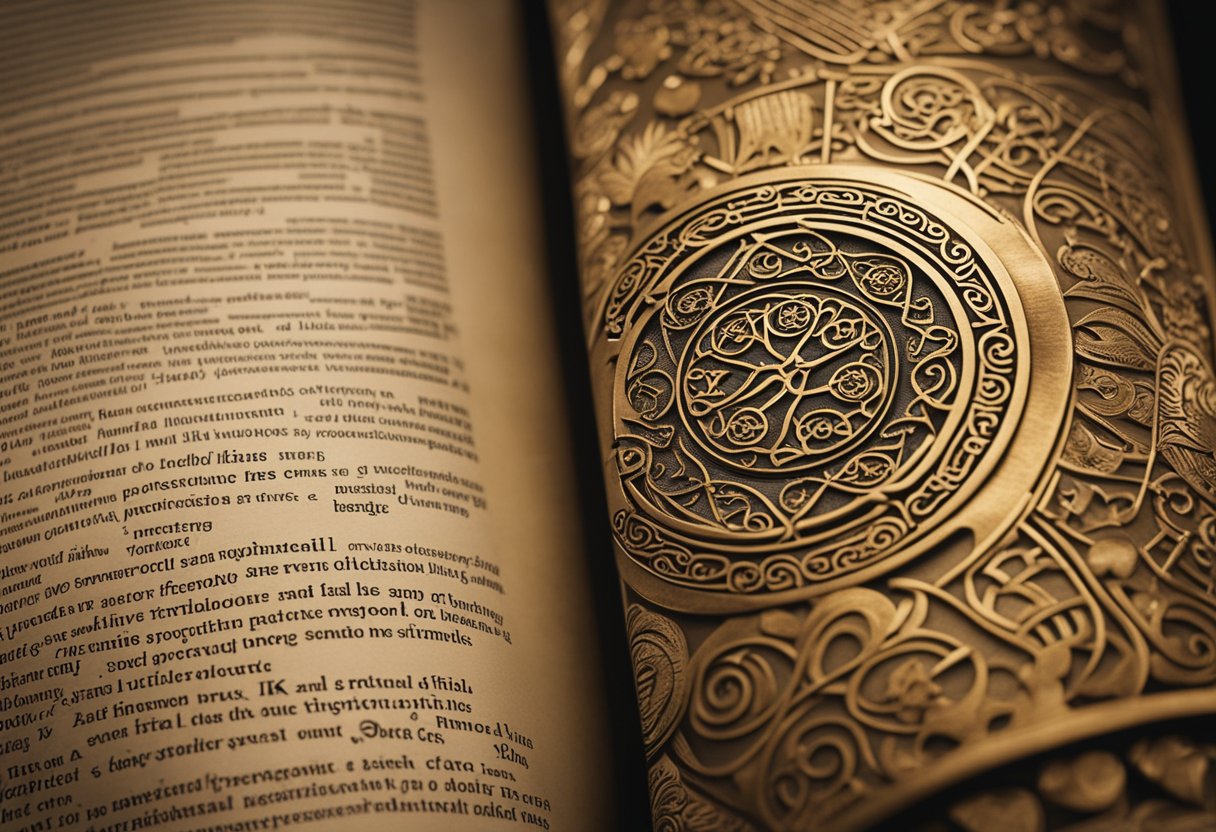
As we explore the rich tapestry of Irish folklore, it’s important to understand its beginnings. The evolution from ancient Celtic traditions to modern digital interpretations profoundly reflects Ireland’s cultural heritage.
Celtic Roots and Mythology
Irish folklore is deeply rooted in Celtic culture, interweaving elements of mythology that date back to pre-Christian times. The land is rich with tales of gods, warriors, and mystical beings, such as the Tuatha Dé Danann, central to Irish mythology.
The Role of Oral Tradition
Oral traditions and storytelling have been the bedrock of preserving folklore throughout the centuries. Before the written word, bards and seanchaí passed down stories that encapsulated the morals and values of the time, ensuring that each generation could recount the tales with reverence and fidelity.
Folklore in the Irish Language
The Irish language and its various dialects, from Donegal to Kerry, Cork, to Galway, serve as vessels for conveying the nuanced expressions of folklore. The use of Gaelic in traditional stories adds a layer of cultural authenticity and depth, resonating with the Irish national identity.
Folk Traditions Across the Regions
Each region of Ireland has its own distinctive set of folk traditions reflective of the local landscape, customs, and history. The rugged coasts, rolling hills, and vibrant nature play into the regional variations of lore across the island.
The Influence of Time and Land
The passage of time and the influence of the land are pervasive themes in folklore. Such stories often intertwine with the natural world, where nature is not just a backdrop but a character, bearing witness to the lives and trials of the people.
Béaloideas and the National Identity
Béaloideas, the Irish term for folklore, encompasses much more than stories; it is an intrinsic part of Ireland’s national identity. This folklore embodies the collective spirit and offers a glimpse into the nation’s soul.
Beliefs and the Supernatural
The supernatural elements of Irish folklore encompass a range of beliefs, from the harmless mischief of leprechauns to the ominous portents of banshees. An enduring belief in fairies and otherworldly creatures has shaped narratives, customs, and even landscapes with “fairy forts” and mystical sites.
Preservation and Collection Efforts
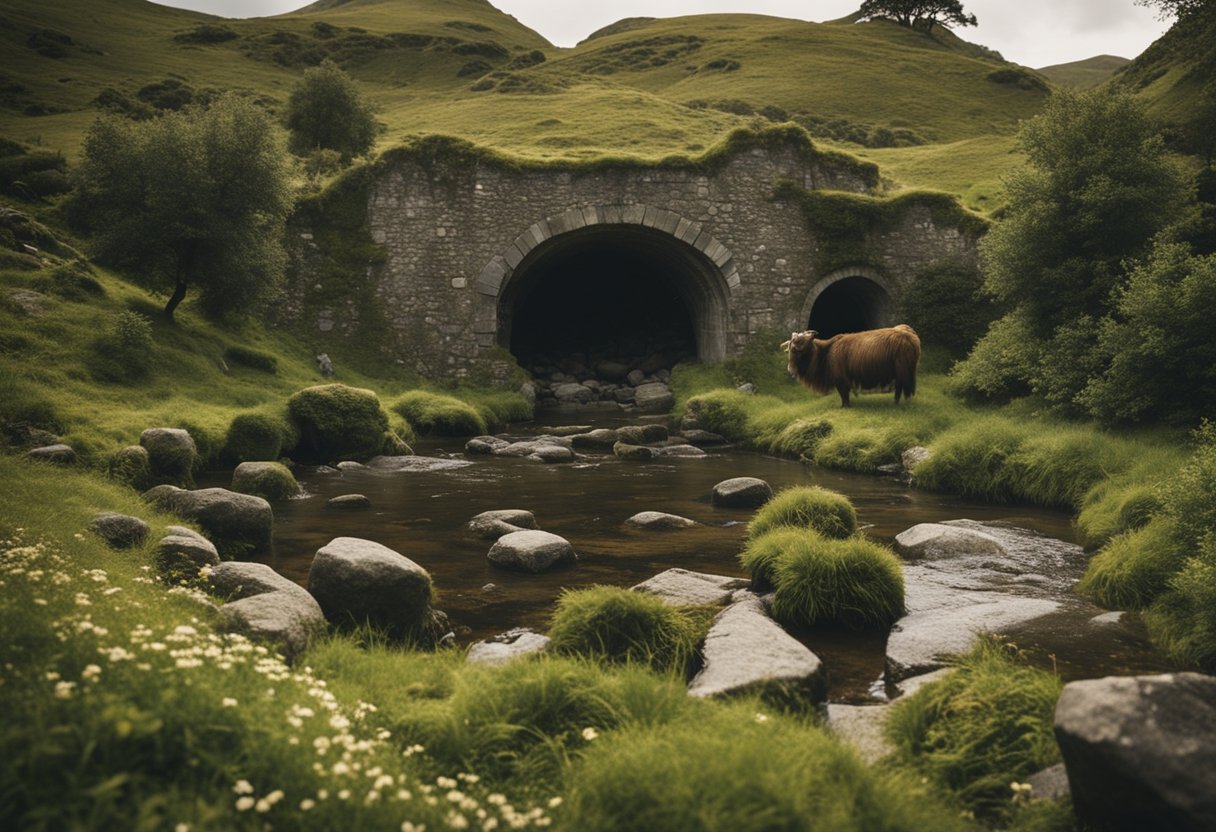
In our exploration of Irish folklore, we’ve prioritised protecting and gathering this invaluable cultural treasure. This section will discuss the diligent initiatives that have ensured the survival and accessibility of Irish traditions from past to present.
The Irish Folklore Commission
In 1935, the Irish Folklore Commission was established to safeguard and document Ireland’s rich oral traditions. Under the leadership of Séamus Ó Duilearga, the Commission undertook a systemic folklore-collecting programme. Collectors were sent nationwide with questionnaires crafted to elicit the broad scope of folk culture.
Techniques and Methodologies
The methodology developed by the Commission was meticulous, focusing on direct interviews with local informants across the Irish countryside. This approach captured tales, customs, beliefs, and language integral to reflective cultural ideology. The Commission’s efforts formed the basis of what is now the National Folklore Collection.
Notable Collectors and Archivists
Among the figures instrumental to this movement was Seán Ó Súilleabháin, a vital collector and archivist whose work contributed to the burgeoning collections. Caoimhín Ó Danachair and Michael J. Murphy also emerged as passionate collectors, bringing unique insights and dedication to preserving Ireland’s oral traditions.
Folklorists and Their Legacies
Renowned folklorists like Ó Duilearga and Ó Súilleabháin have left indelible legacies, ensuring that the essence of Irish folklore is not lost to time. Their foresight and commitment to capturing this narrative heritage in written forms allow us to appreciate and study these cultural narratives in the digital era.
Transmission and Evolution
As we delve into the complexities of how Irish folklore has journeyed from the days of spoken word to the present-day digital landscape, it’s crucial to acknowledge the transformative role of documentation and technology. This evolution has seen storytellers adapt, diaries capture generations of tales, and innovative devices like the Ediphone facilitate the preservation of sound recordings.
From Oral to Written: Documentation
The initial phase in the longevity of Irish folklore was its transition from oral tradition to written records. Traditionally, seanchaí, the esteemed Irish storytellers, were instrumental in passing down stories through generations. They relied on memory and performative elements to convey the narratives. However, with the advent of writing, these tales began to be documented in diaries and manuscripts, thus safeguarding folklore for future generations.
Technology’s Impact on Folklore
The manifestation of technology fostered a new era for Irish folklore. The Epiphone, an early sound recording device, enabled the preservation of stories in the storytellers’ own voices, enriching the transport of oral history into a tangible format. This progression continued, and today digital platforms and online repositories have taken the helm. Websites like Connolly Cove have been pivotal in translating the rich tapestry of Irish folklore into a global context, making it accessible and discoverable to an ever-wider audience.
Folklore in Modern Education
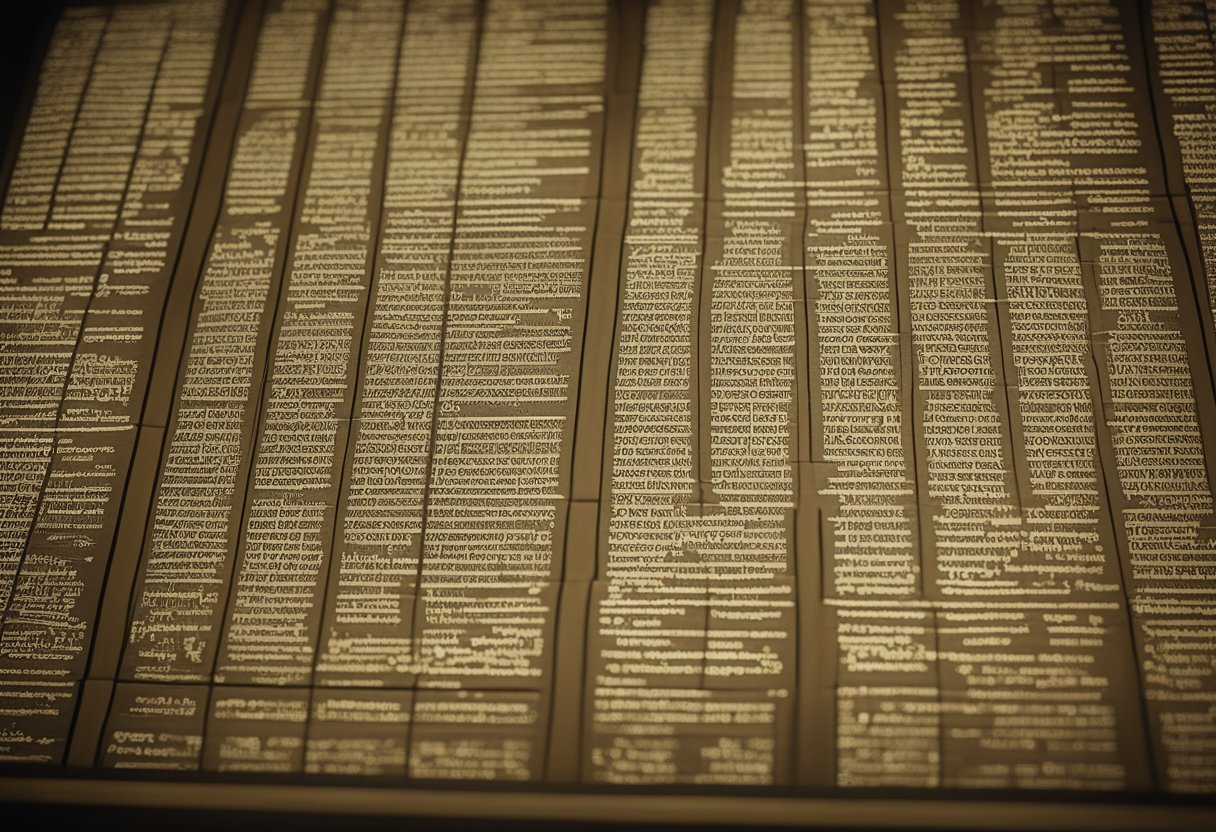
Our inherent interest in preserving the heritage of Ireland has seen an infusion of folklore studies into modern education. This secures the legacy of our ancestral stories and integrates them into the academic arena for comprehensive learning.
Curriculum and the Community
Folklore is an essential component that bridges education with the community. Schools have progressively incorporated folklore into their curriculum, recognising its value in fostering a strong sense of identity and cultural understanding among students. A notable effort was the 1937 project by the Irish Folklore Commission, in partnership with the Department of Education, which utilised schoolchildren to document local folklore, strengthening communal ties and preserving local histories for future generations.
University College Dublin’s Role
University College Dublin (UCD) has been instrumental in bringing Irish folklore into the digital age. The Schools’ Collection (Dúchas), initiated by the Irish Folklore Commission and now housed at UCD, is an extensive anthology of materials gathered by pupils from the 1930s. Thanks to digitisation efforts, this collection is accessible online, offering both researchers and the general public an opportunity to engage with the rich folklore heritage of Ireland. This initiative illustrates how educational institutions can play a pivotal role in connecting academic research with broader community interests.
Cultural Expressions of Folklore
We explore how Irish folklore has been expressed culturally, from traditional music to the myths that pervade storytelling.
Music and Dance Traditions
Irish folklore is inextricably linked with music and dance, with each melody and step encapsulating centuries of cultural history. In gatherings and festivals, the vibrant tunes of the fiddle and the bodhrán—a traditional Irish drum—often accompany dances like the jigs and reels. These musical performances are entertainment and a celebration of identity and history.
Folklore in Sport and Games
In sports, games like hurling and Gaelic football serve as not mere pastimes but as expressions of folklore. Hurling, one of the world’s oldest field games, is more than a sport to the Irish—it’s a link to the past where folklore often described mythic matches that echoed the intensity found on the modern pitch.
Rituals and Customs
Rituals and customs are also deep-seated manifestations of folklore, often involving elements from Celtic tradition and Christian practices. Whether it’s marking the passage of seasons or celebrating Saint Patrick’s Day, these customs have transitioned seamlessly online, where they are shared and maintained as a vital part of Irish heritage.
Folktales and Storytelling
Finally, the heart of Irish cultural expression often beats strongest in its folktales and storytelling. These stories, populated by heroes, fairies, and mythical creatures, have been handed down through generations. In the digital age, storytelling has found new forms with websites like Connolly Cove, which continues to weave the threads of folklore into the fabric of contemporary culture.
Folklore and National Issues
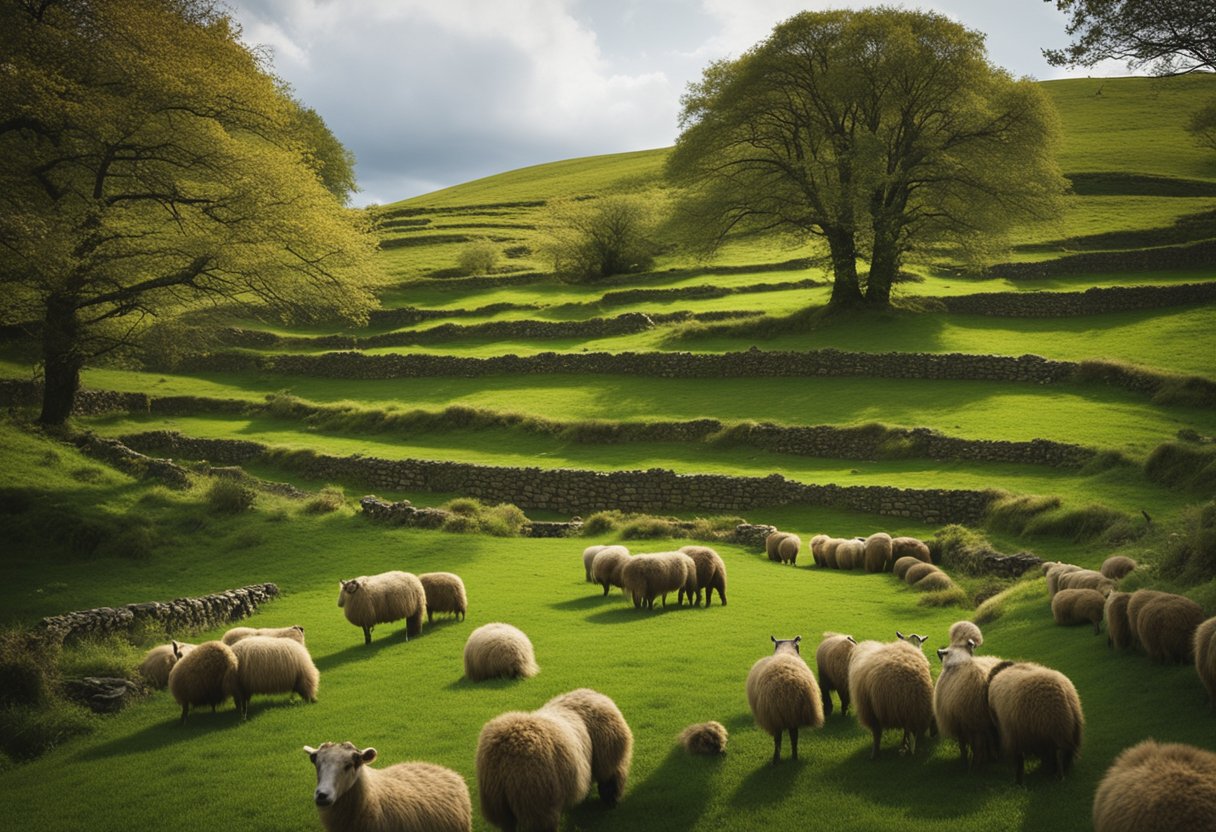
Irish folklore has traditionally played a significant role in expressing the nation’s historical struggles and political aspirations. Through the art of storytelling, music, and dance, folklore has been a vehicle for preserving collective memory and voicing societal issues.
Impact of Colonisation and Resistance
The legacy of colonisation heavily influenced Irish folklore, embedding narratives of resistance and survival. Stories and songs often recount acts of defiance against colonial powers and serve as a testament to the resilience of the Irish people. The interplay between oppression and folklore can be seen in oral forms such as laments, which articulate loss and longings for freedom. The folklore that emerged during and after periods of colonisation provided a strong sense of national identity and cultural continuity for Irish communities.
Folklore in the Political Sphere
Folklore has not only encapsulated national issues but also actively shaped them. Political entities have long recognised the potency of folklore in shaping public opinion and as a tool for mobilising resistance. Figures from Irish tales and legends have been invoked in political discourse to inspire and unify the populace around a common heritage, demonstrating folklore’s role in the political sphere. During critical periods of Irish history, folklore and politics became deeply intertwined, demonstrating how cultural heritage can reflect and influence contemporary societal concerns.
Comparative Perspectives

In this section, we explore Western European folklore’s shared threads and unique distinctions, focusing on the rich tapestry of Irish lore and its connections to Nordic traditions.
Folklore Across Western Europe
Western Europe’s folklore is a mosaic of narratives meticulously woven through the fabric of time. Each region within this vast expanse has cultivated stories that reflect its historical experiences and cultural identity. In Ireland, folklore is a testament to the nation’s vivid imagination and historical heritage. The stories are often rooted in the natural landscape, intertwining mythological creatures with rolling green hills and rugged coastlines, showcasing an integral relationship between land and lore.
Irish and Nordic Connections
The intertwining Irish and Nordic folklore sagas reveal a fascinating melange of cultures and histories. Viking influence on Irish shores is apparent, not just in historical artefacts and place names but also in the merging of myths. Our legends recount the Norse adventurers—often depicted as fierce raiders—while embracing epic storytelling’s shared value. Norwegian and Irish cultures celebrate the warrior spirit, respect for nature, and a pantheon of deities and heroes characterising their mythologies. The overlay of Viking and Gaelic lore has forever enriched our understanding of the narrative traditions in these lands.
Global Influence and Diaspora
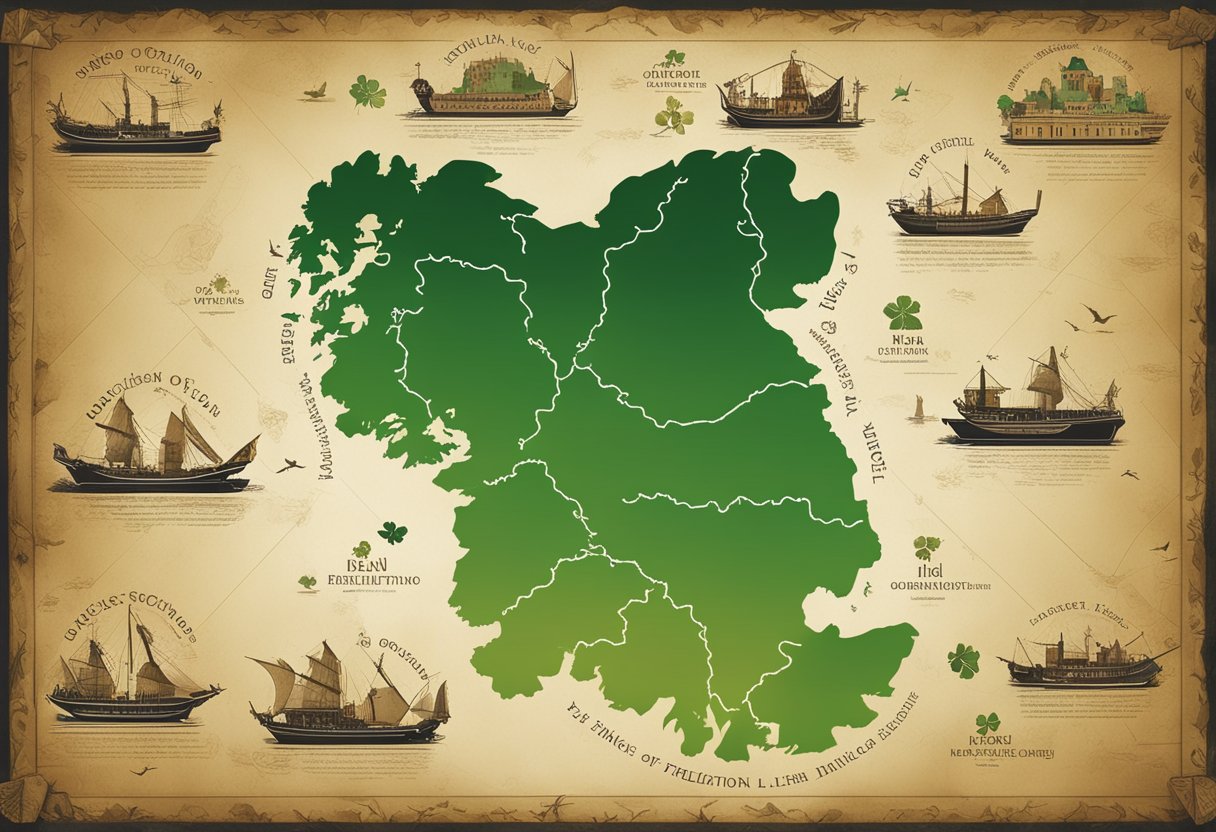
Irish folklore has transcended Ireland’s shores, embedding itself deeply in the cultural fabric of nations worldwide, particularly in the United States.
Irish Folklore in the USA
The Irish diaspora in the USA has played a pivotal role in the propagation and evolution of Irish folklore. Since the mass emigration of over 10 million Irish people, Irish folklore has maintained its robust presence, especially in the USA. With over 40 million Americans claiming Irish ancestry, elements of Ireland’s rich folklore are evident across various spheres of American life.
In literature and storytelling, the essence of Ireland’s mythical past has infused American literature, inspired by the stories of the leprechaun banshee and the heroic tales from early Irish literature. These narratives carry enduring moral lessons and are a testament to the resilience of a tradition thriving far from its original homeland.
Festivals and cultural events highlight the influence of Irish heritage in the USA, with celebrations such as St. Patrick’s Day parades becoming a staple in cities like New York and Chicago. These events often showcase Irish folklore through music, dance, and oral storytelling traditions.
Organisations and societies dedicated to preserving Irish culture also underscore the lasting impact of the diaspora. Groups such as the Ancient Order of Hibernians and the Irish Cultural Centre play significant roles in sustaining the connection to Irish folklore through educational programmes and community events.
Digital platforms have taken the preservation and dissemination of Irish folklore to new heights. Websites like Connolly Cove celebrate and explore the rich tapestry of Irish folklore and heritage, inviting enthusiasts and the global Irish community to connect with their roots online.
To sum up, Irish folklore’s resilience and adaptability have ensured its continued relevance in the USA. Its themes and characters have become an integral part of the cultural identity of millions of Irish Americans. At the same time, digital spaces have opened new avenues for sharing and preserving these ancient stories.
Frequently Asked Questions
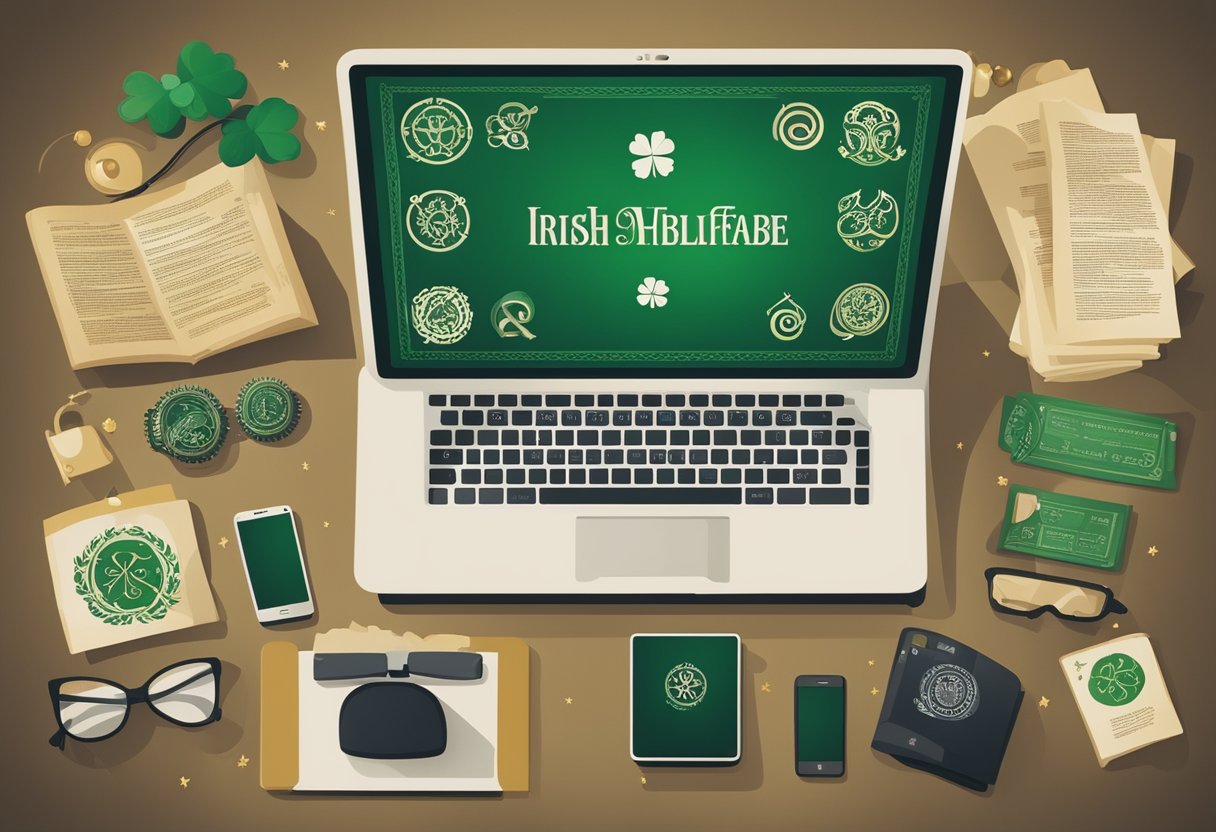
Several recurring questions have surfaced in our exploration of the transformation of Irish folklore from traditional mediums into the digital realm. We address these inquiries to shed light on digitalisation’s profound impact on this aspect of Ireland’s cultural heritage.
How has the digitisation of texts influenced the preservation of Irish folklore?
The digitisation of texts has been instrumental in preserving Irish folklore, making age-old stories and manuscripts more accessible to the public and scholars alike. Irreplaceable works, once vulnerable to decay, are now safely archived online. For example, the National Folklore Collection at dúchas.ie houses a vast repository of transcribed tales and oral histories, ensuring their longevity for future generations.
What online platforms are most influential in disseminating Irish folklore and mythology?
Key online platforms have become pivotal in sharing Irish folklore and mythology with a global audience. Websites such as The Irish Centre offer insight into Ireland’s historical context and its folklore’s deep roots within the culture. At the same time, the Internet Archive provides free access to a wealth of folklore-related texts.
Where can one find courses on Irish folklore and mythology that are available online?
Courses on Irish folklore and mythology can be found in institutions such as the UCD School of Irish, Celtic Studies and Folklore, where one can immerse themselves in the study through their online programmes.
How does the Book of Kells contribute to understanding Irish folklore in the digital age?
The Book of Kells, a masterpiece of medieval art, is essential to comprehend Irish folklore. Digitisation efforts make it possible to scrutinise every intricacy of the manuscript, revealing cultural and historical nuances previously obscured in the physical version.
What are the notable differences between the original Irish folklore manuscripts and their online representations?
The most apparent differences lie in the format and interaction with the texts. Original manuscripts offer a sensory experience with their physical presence, whereas online representations afford broader access and can include interactive features, search functions, and multimedia components.
Which institutions offer master’s programmes in folklore and mythology through online study?
Some institutions now provide master’s programmes in folklore and mythology via online platforms, allowing a wider audience to partake in these specialised studies. These innovative programmes cater to an international community of learners flexibly pursuing their passion for folklore.


